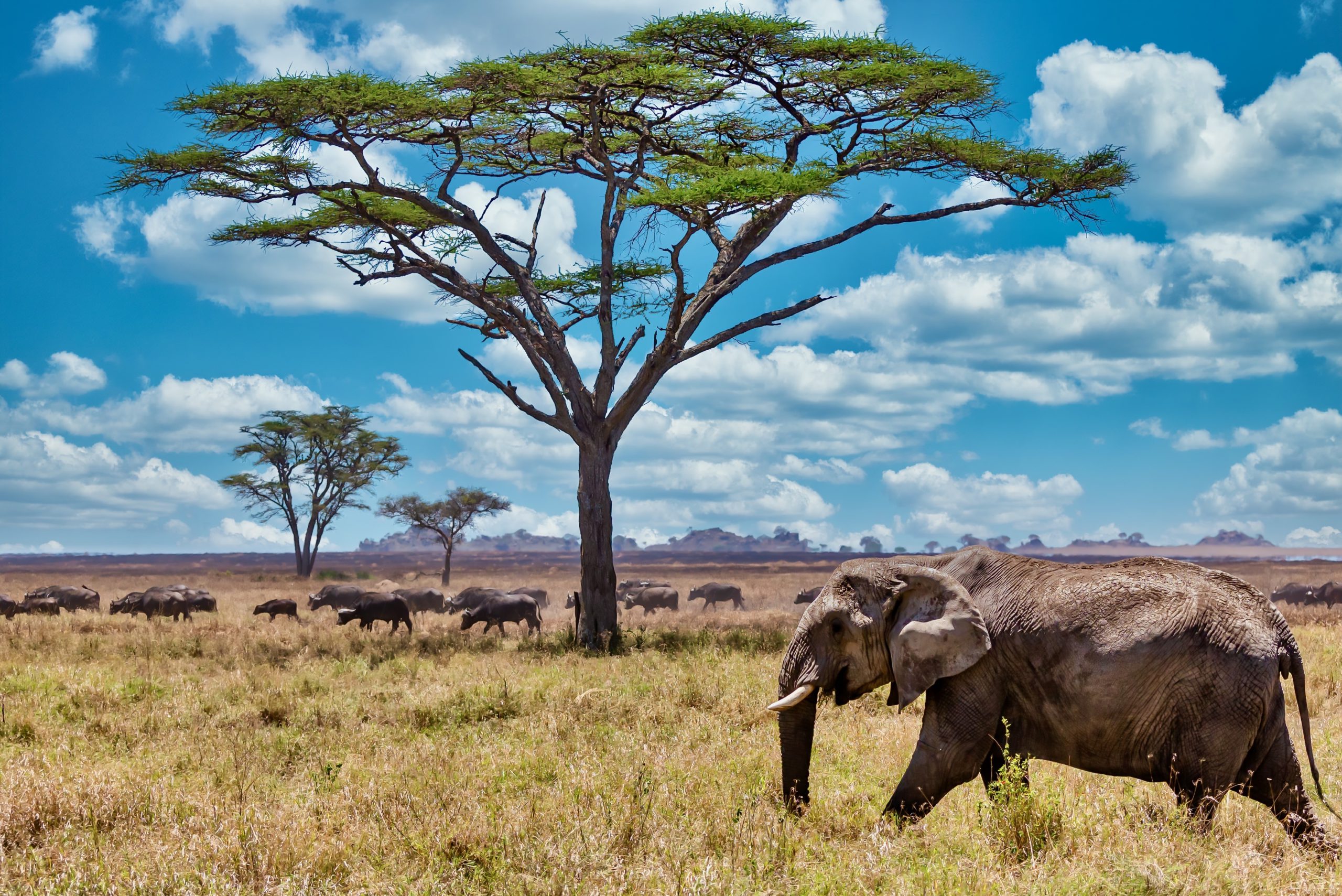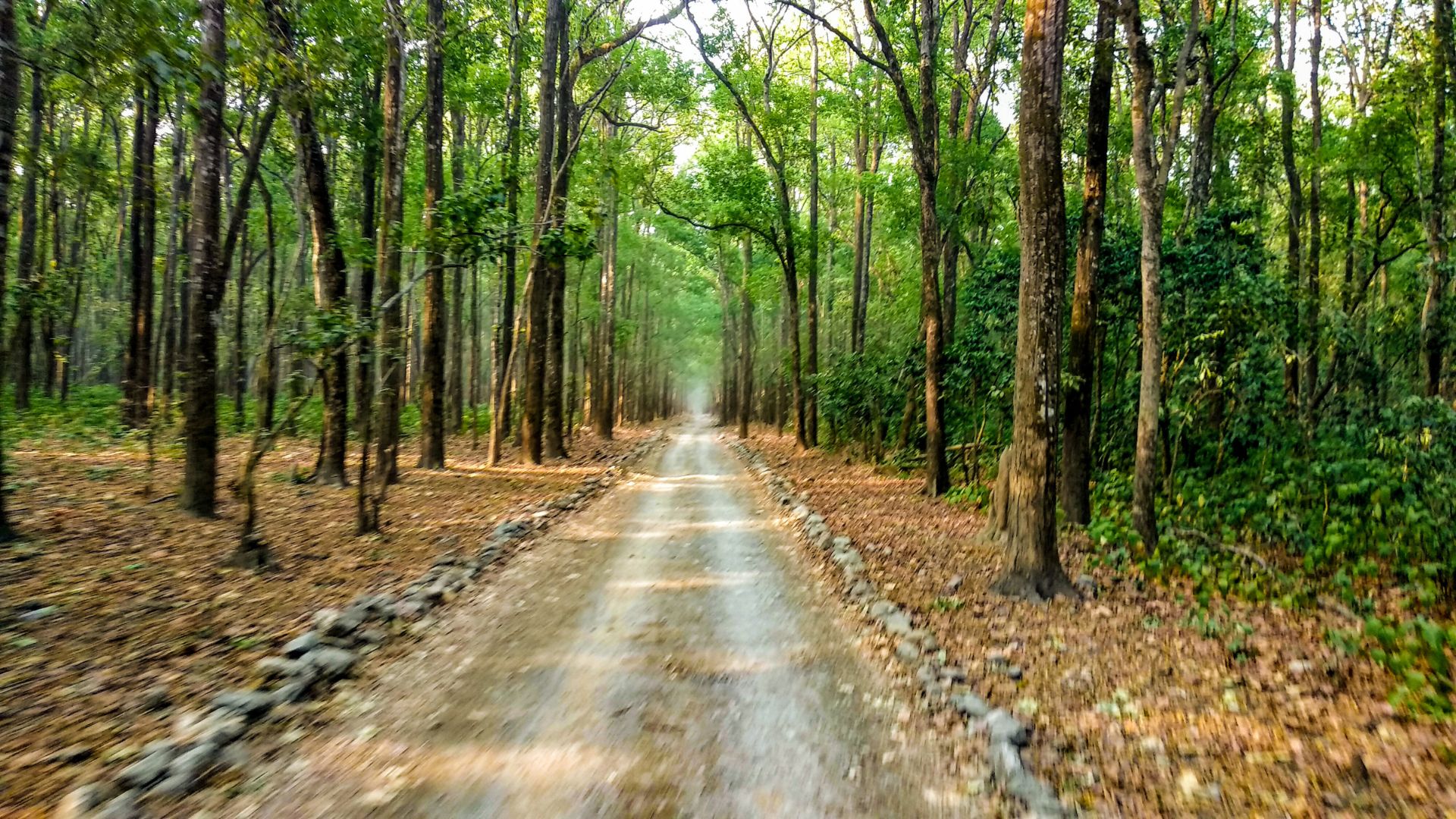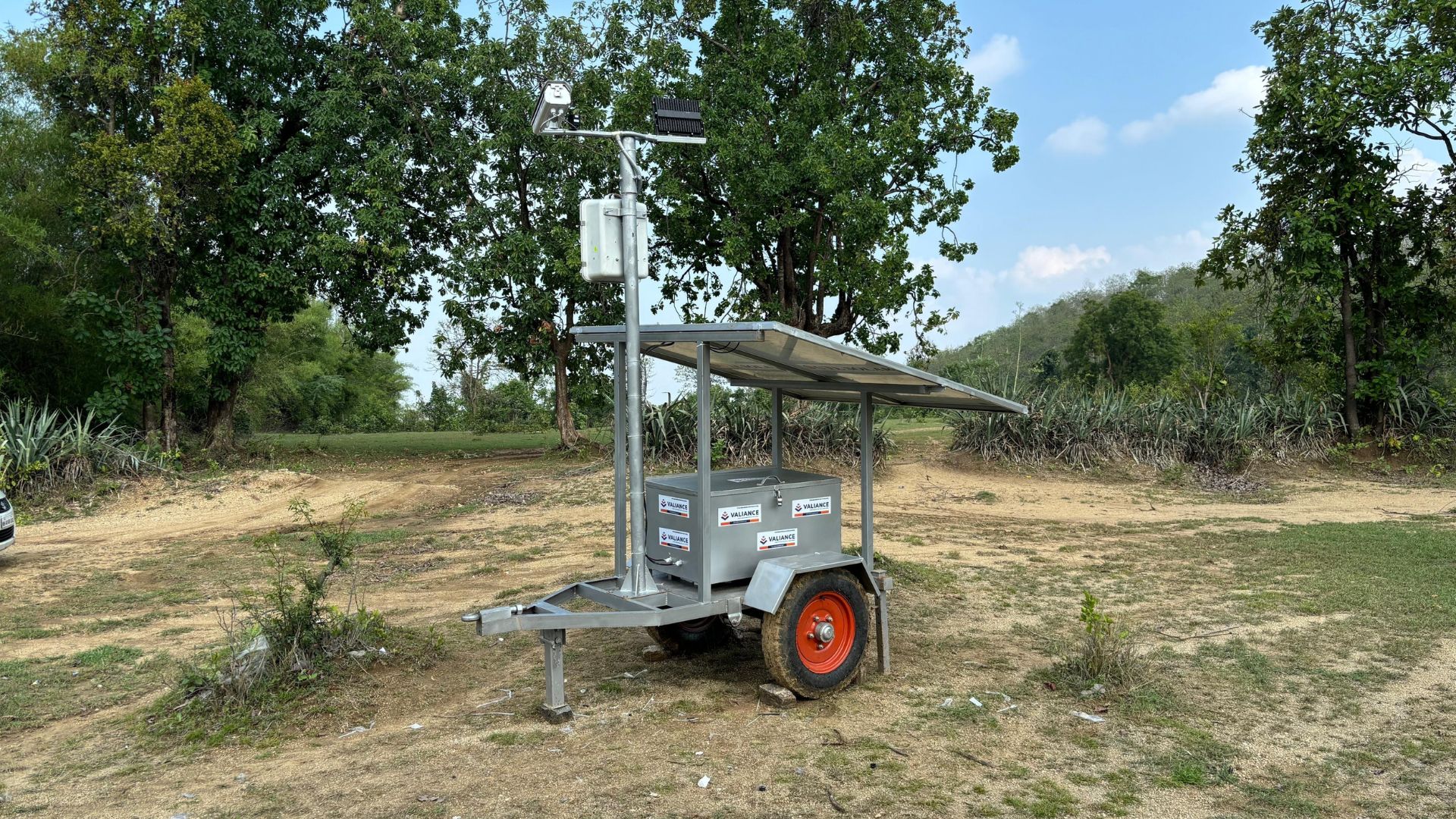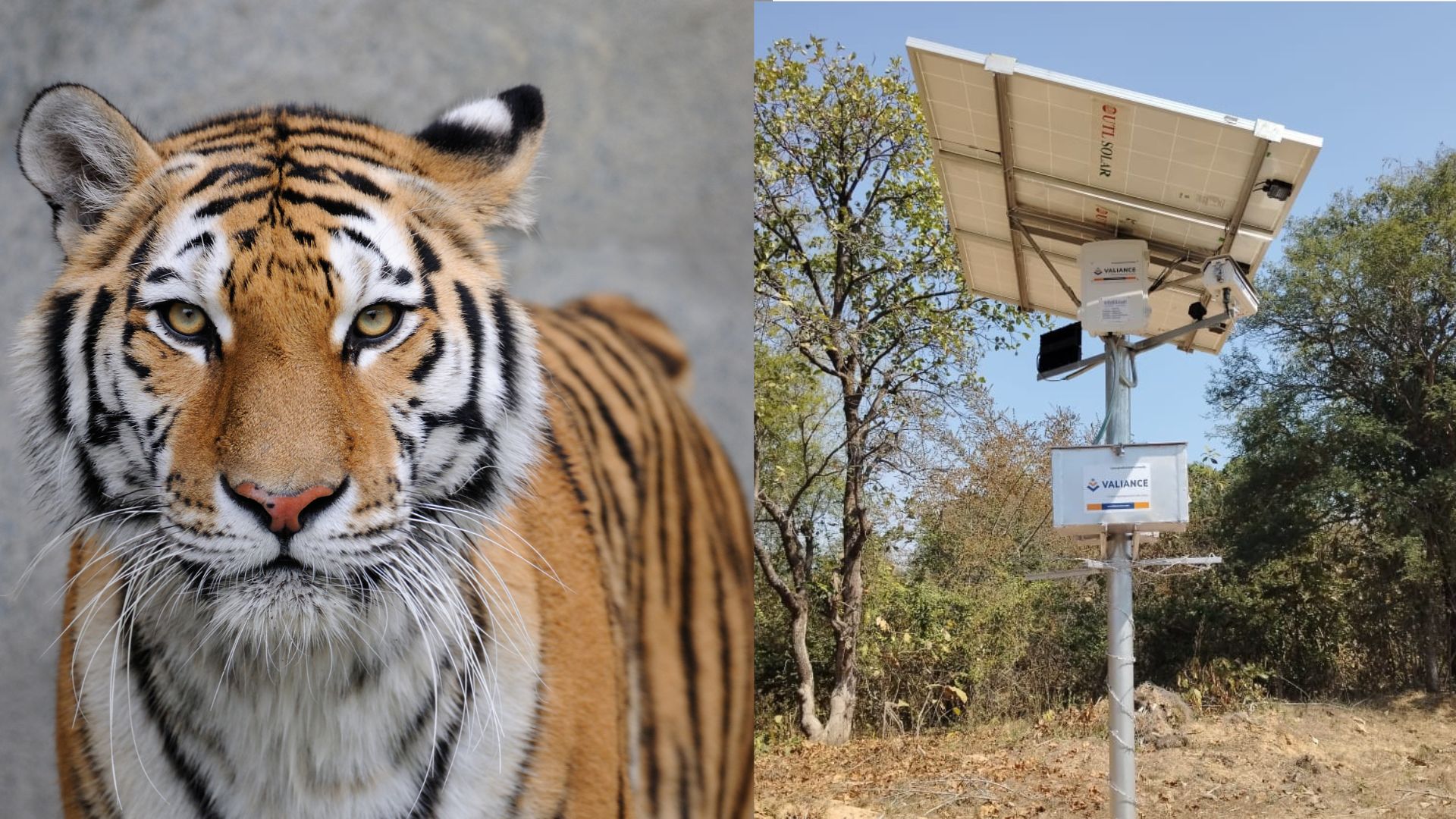Client Background
Client is internationally acclaimed Institution which is actively engaged in research on biodiversity related issues. Their mission is to nurture the development of wildlife science and promote its application in conservation, in consonants with our cultural and socioeconomic milieu.
Business Objective
The client wanted to develop an Image Classification engine to better identify Himalayan animal species captured using motion-sensing cameras. Initially, some of animal species we were given to identify were: Snow Leopard, Wooly Hare, Marmot, Ibex, Blue Sheep etc. To meet this objective, client wanted to engage service provider who could:
- Use the historical image data to build an image classification model: images provided were taken during day/night and had different quality w.r.t distance and portion of animal captured in the camera
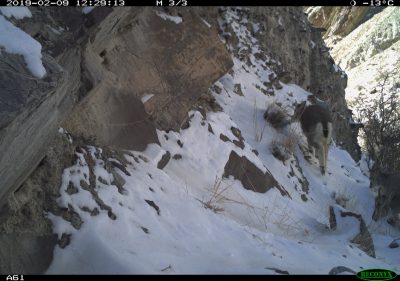
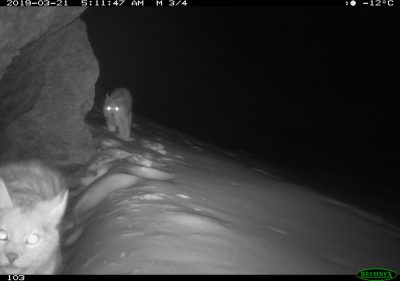
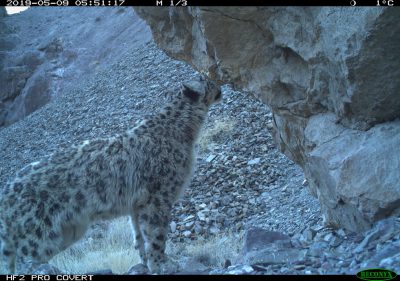
- Use the developed model to identify and classify Himalayan Wildlife species identification in newly-captured images
Also, client wanted to implement this solution to:
- Allow end-user(s) to identify the species in captured image
- Allow end-user(s) to identify misclassified images and retrain the model from the last checkpoint using the correct classification
Solution
Valiance proposed to build a platform that intelligently identifies Himalayan wildlife species identification in the captured images and allows for retraining the backend model using new and labelled data.
Client provided historical image dataset for the model training purpose. Here, all the images were already tagged with labels of species. Below is the approach we followed to develop the platform:
-
- The tagged image data was uploaded on the AWS S3 storage in batches
- The tagged image data was transformed into a feature matrix using transfer learning on pre-trained deep learning-based models
- Model was trained to predict the image tag (animal species) using the generated feature vectors
- Model weights were stored on AWS S3 storage and made accessible using web-based application
- Web-based application interfaced with the stored model using a REST API to generate predictions for new image data
- The new image data since the last refresh of the model weights could be incorporated into the model for retraining using the app
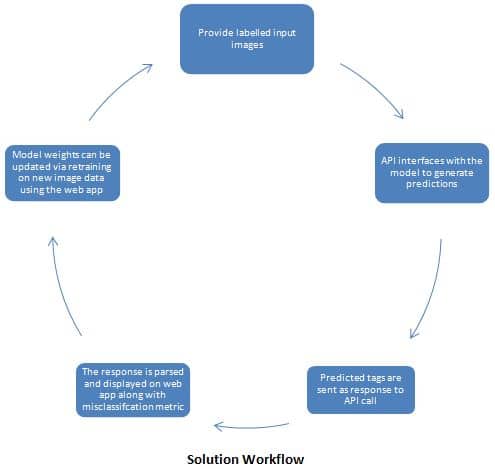

Outcome
Following a single image classification approach, our developed model showed 89.6% overall accuracy in identifying and predicting species from the given pool.

